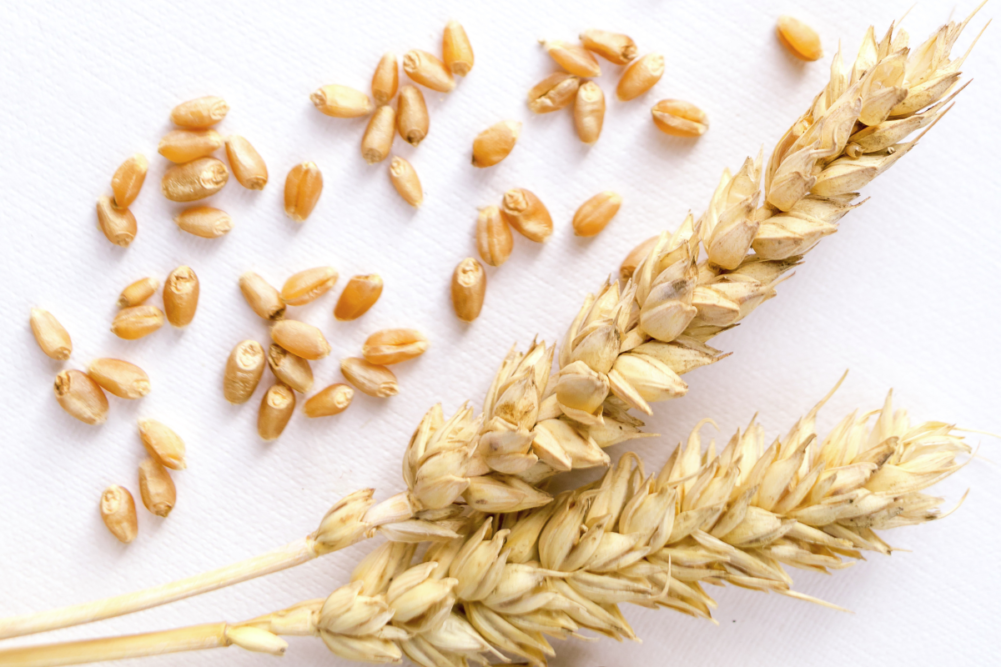NUR-SULTAN, KAZAKHSTAN — While the Kazakhstani government has pledged to supply regional markets with wheat, many flour millers have ceased operations due to a lack of imports from Russia, according to a report from the Foreign Agricultural Service of the US Department of Agriculture (USDA).
The government introduced wheat and wheat flour restrictions from April 15 to June 15 that allow Kazakhstani producers to export up to 1 million tonnes of wheat and 300,000 tonnes of flour. Exporters are expected to be required to sell 10% of the exported volume to the domestic market at a fixed price. The Ministry of Agriculture said the restrictions are meant to balance exports with domestic food security needs.
The Kazakhstani grain industry said there is a severe lack of wheat imports from Russia, and the available wheat is extremely expensive. Wheat reached $355 per tonne, which is historically high.
At least 50% of Kazakhstan’s flour mills have ceased operating or are operating at very limited capacities. As of mid-April, millers said they have stocks left for about two weeks.
In previous years, lower priced wheat imports from Russia stopped domestic wheat prices from increasing.
“With Kazakhstan’s wheat and wheat flour export restrictions coming into effect on April 15, exporters reportedly increased their shipments to avoid the export restrictions, with traders exporting 110,000 tonnes of wheat in just two days,” the USDA said.
The USDA expects wheat and wheat flour exports in March and April to be higher as traders attempted to complete sales before grain export restrictions took effect.
Traders and millers were not in favor of the restrictions, noting that they had contracts with international buyers that would have to be renegotiated.
The government’s Food Contracting Corp. said it has 500,000 tonnes of wheat in domestic reserve, of which 250,000 tonnes is a permanent reserve. Furthermore, the FCC noted it had reserved 275,000 tonnes of wheat to supply flour mills and poultry farms from January to August 2022.
Also due to Russia’s invasion of Ukraine, Kazakhstani exporters have been looking for alternative options to export grain. Exports through the Kazakhstan ports of Aktau and Kuryk are limited by outdated infrastructure, unpredictable weather and lack of capacity at receiving ports in the Caucuses.
Central Asia, Afghanistan and Iran are expected to remain destinations for most Kazakhstani grain. Exporters will consider shipping more grain through the Caspian Sea because the China border largely is closed to agricultural shipments and Russian ports are unable to ship Kazakhstani grain, the USDA said.
No significant changes are expected in the wheat planted area for 2022-23, which is estimated at 23.1 million hectares.
The government has budgeted $308 million, nearly two times more funding, to support crop planting this season.






